|
Floor Type #3 - Mechanical Concrete Mechanical Concrete® is a process in which the sidewalls of used truck tires are removed, leaving a tread cylinder. The tread cylinder was placed on top of a layer of geotextile fabric (see image). Dense grade aggregate (DGA) was then placed inside and around the tire voids. The goal was to have the top edge of the tire cylinder be at grade level. The tires were arranged using a straight row pattern as opposed to an offset pattern. This layout resulted in a larger void between the tires compared to the offset pattern. It also required fewer tires. With this option, it appears that it would take a long time before a loader bucket could penetrate the thick edge pattern created by the tread cylinders. The cost difference between a traditional DGA and fabric application versus the Mechanical Concrete® was $772 compared to a traditional filter fabric and rock pad, which would have cost $716. The contribution that the tires provided to the treatment gives the impression that the lifespan of the floor was increased significantly compared to a traditional filter fabric and rock implementation, which is expected to last 10 years with proper maintenance. The addition of the tires cost $56 which seems like a small price to pay for extending the life of the floor by several fold.
Floor Type #2 - Plastic Grid with Filter Fabric Backing A 4 ft by 150 ft roll of plastic grid with a geotextile backing was used to create this treatment. A base layer of filter fabric, topped with six inches of dense grade aggregate (DGA) was placed and leveled within two inches of the final grade. Four strips of a two-inch layer of interlocking plastic grid, with a filter fabric backing, was placed on the rock, connected, and then backfilled with DGA. The ease of installing the plastic roll made it a nice choice. However, the gravel had to be completely level before adding the plastic grid with the geofabric backing. Otherwise, voids could produce deflection or an unwanted hollow feel when walking on it. Experience with other plastic grid materials indicate that, for this application, it would be easier and possibly better if we had used the roll without the fabric backing. This would allow the installer to lift the grid where needed, with the rock installed, which allows the rock to fall out, and create a level surface. Below are some close up pictures of the plastic grid with the geofabric backing.
|
Archives
December 2023
Categories
All
Welcome |
CONTACT US |
EMAIL SIGN UP |
|
Eden Shale Farm
245 Eden Shale Rd. Office: (859) 278-0899 Owenton, KY 40359 Fax: (859) 260-2060 © 2021 Kentucky Beef Network, LLC.. All rights reserved.
|
Receive our blog updates
|


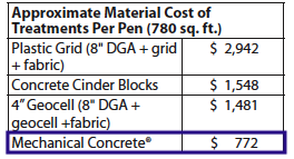
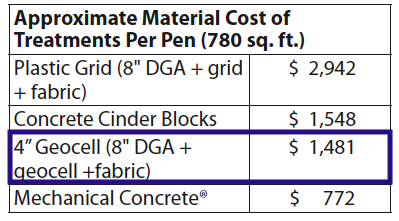
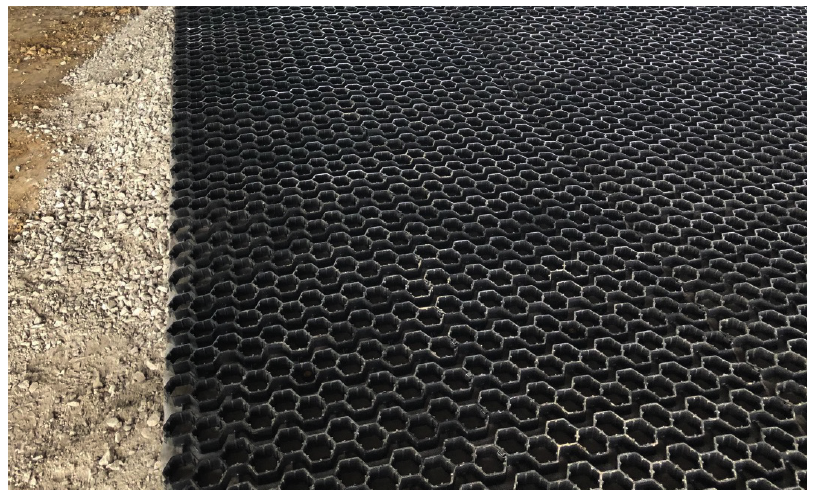
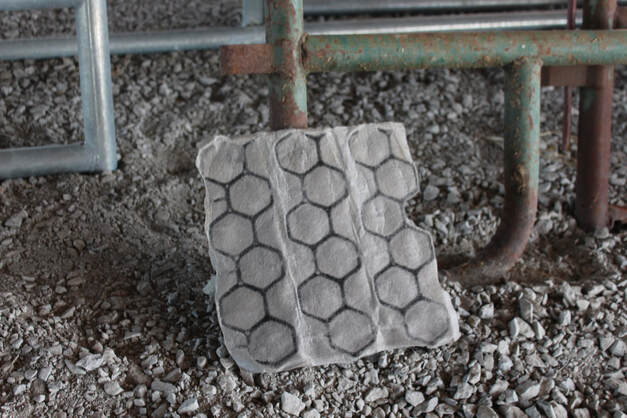
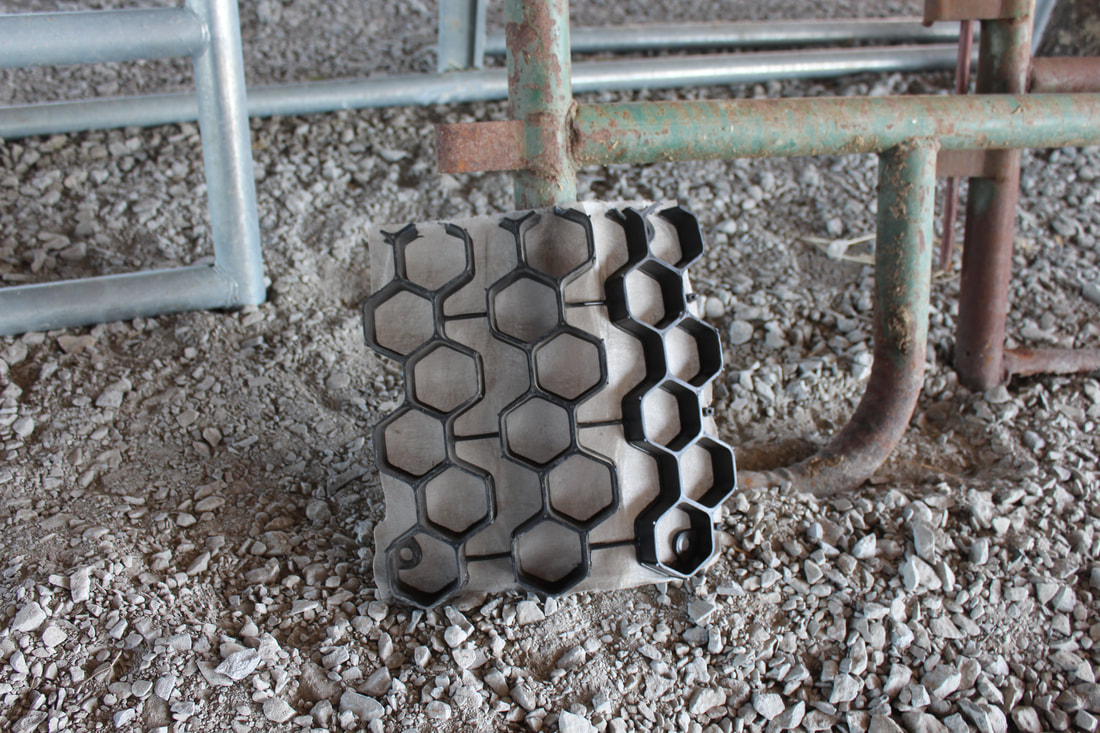

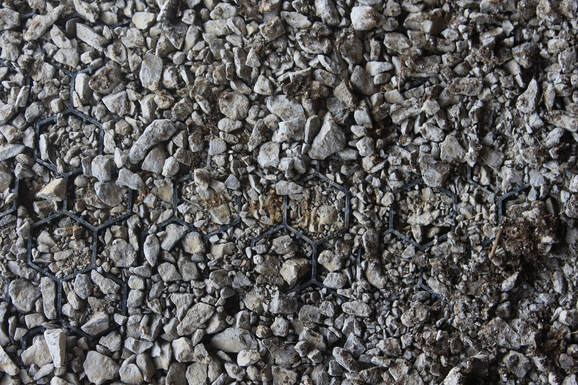
 RSS Feed
RSS Feed
